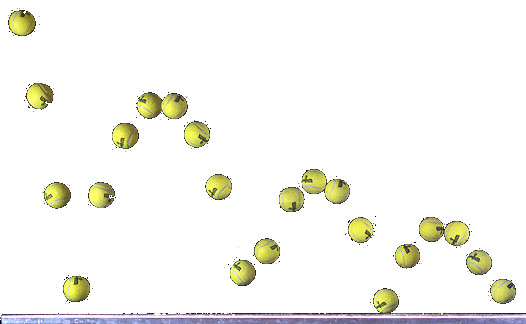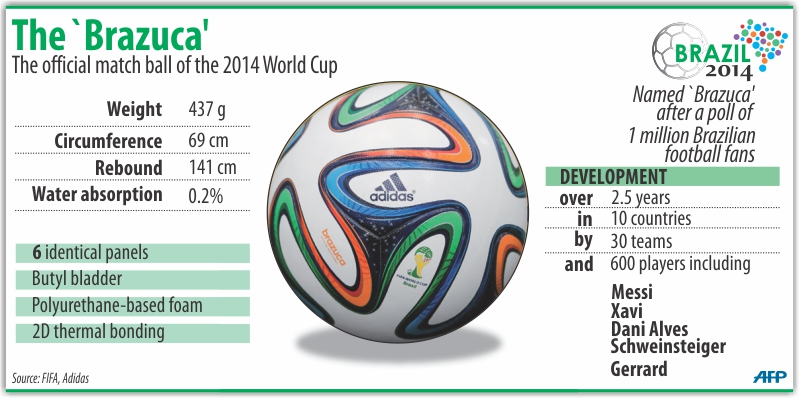____________
where P is the starting amount of Cesium in the soil in kilograms, t is the number of years, and N is the remaining amount of radioactive Cesium after that number of years.
- __________ If there were 100 kilograms of Cesium-137 in the soil in 1954 as a result of the Castle Bravo thermonuclear hydrogen bomb test, how many kilograms will be in the soil now in 2017?
- __________ How many years after 1954 until there is only 1 kilogram of the original 100 kilograms of Cesium-137 left in the soil?
 A ball was dropped and the bounce heights for consecutive bounces were measured.
A ball was dropped and the bounce heights for consecutive bounces were measured.| x1 | y1 |
|---|---|
| 0 | 100 |
| 1 | 80 |
| 2 | 64 |
| 3 | 51.2 |
| 4 | 40.96 |
where x1 is the number of bounces and y1 is the height of that bounce in centimeters. Make a table and use the regression y1~abx1.
- a = ____________
- b = ____________
- _____________ Use the equation to predict the height of bounce number five.

| x2 | y2 |
|---|---|
| 23 | 0.49 |
| 40 | 0.40 |
| 47 | 0.20 |
| 62 | 0.18 |
| 123 | 0.20 |
where x2 is the speed of the ball in kilometers per hour and y2 is the coefficient of drag.
Use the regression y2~cln(x2)+d
- c = ____________
- d = ____________
- _____________ Use the equation to predict the coefficient of drag at 100 kilometers per hour.